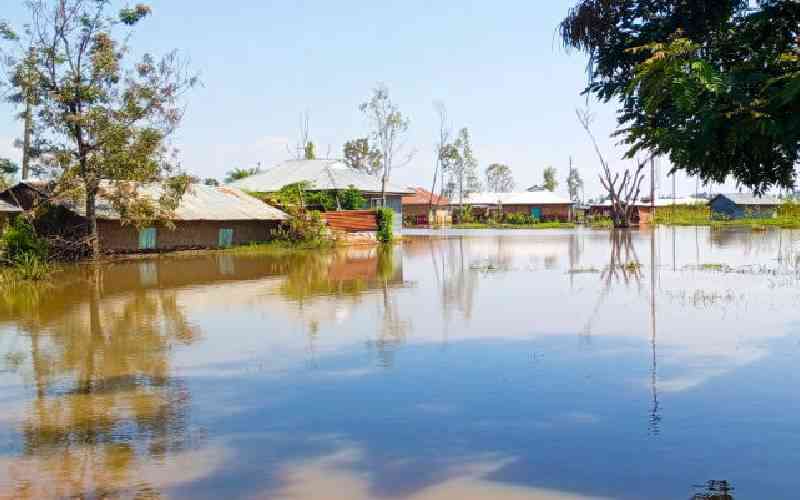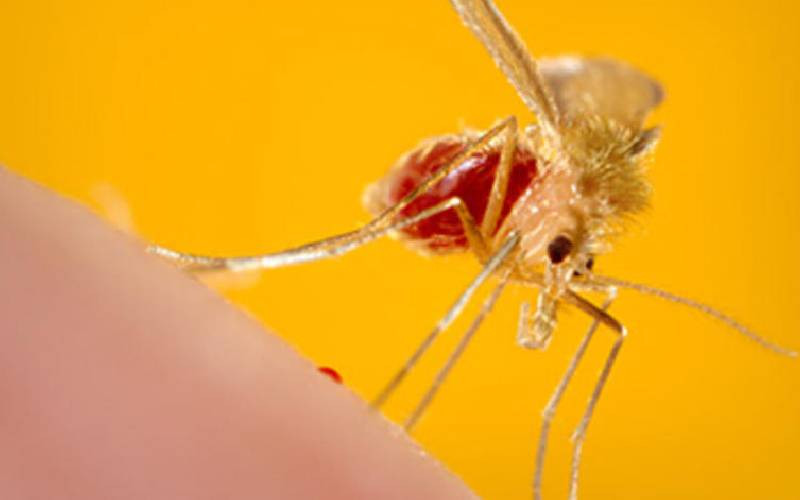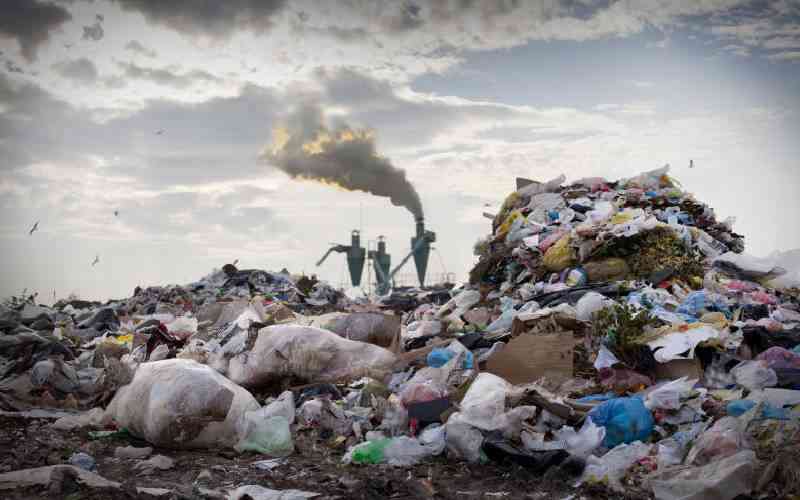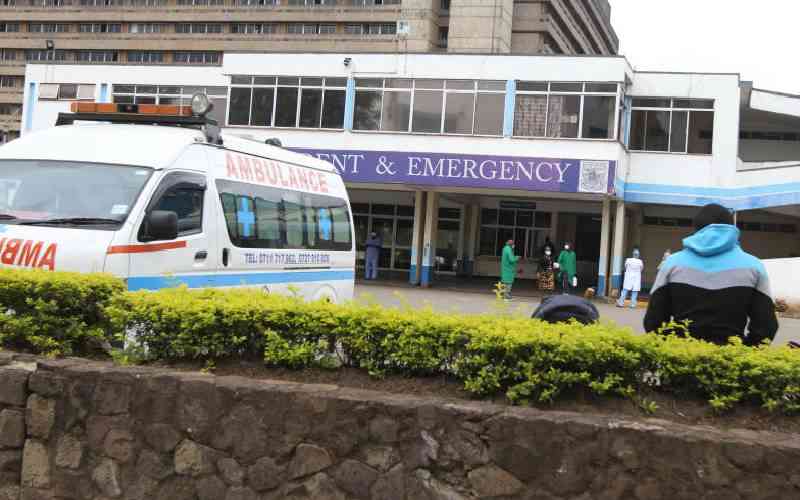
Residents of Mathare estate, Nairobi, queue for water from a vendor. Most estates in Nairobi are experiencing water shortages at a time when they need more water for sanitation to maintain high hygiene standards to fight the spread of Coronavirus pandemic. [Elvis Ogina, Standard]
At least 2.6 million Kenyans may have already been exposed to the coronavirus according to a study done by Kemri-Wellcome Trust.
The study looked at the presence of antibodies in 2,535 blood donor samples from different regions in the country, and using a modelling formula involving the population in each region, the researchers were able to estimate the number of Kenyans that have likely been exposed to the virus so far.
Kemri-Wellcome developed an enzyme-linked immunosorbent assay (ELISA) that targets the spike protein of SARS-CoV-2 that underwent a rigorous validation process and protocols before use in this study.
Antibody testing in blood samples gives an indication of whether one had been exposed to the virus or not in the recent past, and how many people in the population. Antibodies may remain positive in blood for several months.
From the report, the estimated prevalence of antibodies to SARS-CoV-2 (coronavirus causing Covid-19) among blood donors in Kenya ranged from 1.1 per cent in Uasin Gishu County to 12.4 per cent in Nairobi City County.
Highest prevalence
Nairobi and Rift Valley recorded the highest prevalence with 550,000 and 510,000 people, followed by Nyanza with 490,000. Central region had 370,000, Eastern 320,00, Western 220,000 and finally Coast region with 200,000.
Interestingly, North Eastern had none, out of the 41 donor blood samples picked up for the study. “There is a large gap between the confirmed cases identified by Rapid Response Teams in testing and tracing, and the numbers of individuals in the population that we believe have been exposed based on antibody data.” The report read in part. In a region like Nairobi for example, the number of confirmed cases at the time of the study was 2,732 compared to the likely exposed population of 550,000 city dwellers. Mombasa had 1,368 but the predicted exposed population was 100,000.
According to the report, “the large numbers of the population that have been exposed would lead models to predict significant numbers of severe cases and deaths. However, the county hospitals in which monitoring for pneumonia admissions is established are not seeing high numbers of admissions.”
The report estimated that the likely deaths across the country would be at 6,684 with 26,093 more people experiencing the severe disease.
In the modelling, the Central region had the highest number of severe disease at 5,219, followed by Nyanza with 5,201 and Rift Valley at 4,510. The estimated deaths followed the same pattern as severe illness, Central estimated at 1,351, Nyanza 1,336 and Rift Valley at 1,120.
The actual numbers currently recorded in Nairobi and Mombasa do not seem to follow this latest modelling. Countrywide, 90 per cent of persons confirmed to have the coronavirus have had no symptoms.
The report indicates, however, that the ideal way of estimating exposure to Covid-19 in the Kenyan population would be visiting randomly selected homesteads to collect and then test blood samples, but this has not been practical under current restrictions.
The samples relied upon for this study had been collected between April and June 16. “Many more samples including sources outside blood donors are required to make confident conclusions.” The report indicated, adding that these would include asymptomatic and symptomatic PCR-positive cases, frontline workers in the health and non-healthcare sectors, antenatal clinic clients and ultimately, from the general population.
 The Standard Group Plc is a multi-media organization with investments in media platforms spanning newspaper print
operations, television, radio broadcasting, digital and online services. The Standard Group is recognized as a
leading multi-media house in Kenya with a key influence in matters of national and international interest.
The Standard Group Plc is a multi-media organization with investments in media platforms spanning newspaper print
operations, television, radio broadcasting, digital and online services. The Standard Group is recognized as a
leading multi-media house in Kenya with a key influence in matters of national and international interest.











